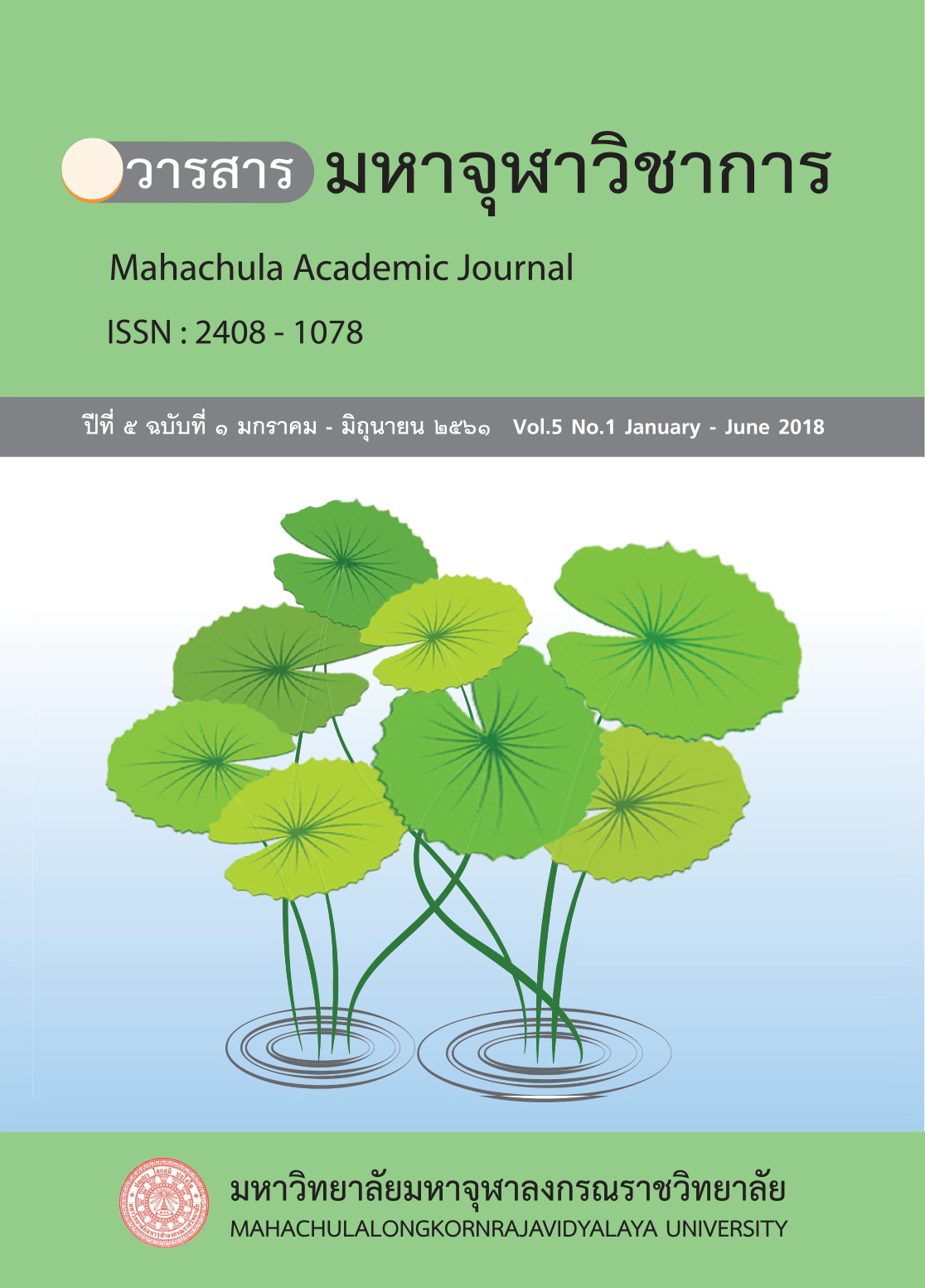Buddhist Epistemology and Thai Wisdom on Kaccayana Mahathera and Sri-Ariyametteyya, The Future Buddha
Main Article Content
Abstract
Some Thai Buddhists confusedly believed in Kaccayana Mahathera (Thai fat monk), to be one and the same with Sri-Ariyametteyya (Chinese fat monk). While the modern Epistemology like Rationalism and Empiricism stated that they are definitely different monks, but the new Epistemology, i.e. Hermeneutics, would say that they can be understood as one and the same monk. In this paper, the writer wants to answer the question why Thai Buddhists understandingly confused the story of Kaccayana Mahathera with Sri-Ariyametteyya, through the following 3 objectives: (1) To study modern Epistemology of both early and later period; (2) to study comparatively the story of Kaccayana Mahathera and Sri-Ariyametteyya; and (3) to interpret the story of Kaccayana Mahathera of Theravada and Sri-Ariyametteyya of Chinese Mahayana, with those two traditions of Epistemology, traditional Epistemology and Hermeneutics. The research results are founded that the new Epistemology or Hermeneutics did not oppose to the traditional one, it just supplements and integrates with one another, say for example, Friedrich Schleiermacher’s theory of Author’s intention is actually a kind of deduction, based on the Author’s intention and Author’s language, that is to say, it still consists of rules like deduction. Likewise, the Buddhist Hermeneutics does not also ignore the 10 Principles of faith (Kalamasutta), 3 kinds of Wisdom (Panna), and 3 Higher Trainings (Tisikkha), it just supplements and integrates with Apannakadhamma, which is analytically added by the Gradual Path (Anupuppamagga) and the theory of Skills in Means (Upayakosala). New Buddhist Epistemology or Hermeneutics can get along with the traditional Epistemology, which is called in other words as Realistic Pragmatism, which recognizes the conventional existence of both mind and body that can be realized by the individual direct perception. The Buddhist Realistic Pragmatism differs from the general Pragmatism in that the former depends on Insight Meditation to understand things as they are, the latter on the scientific experimentation. Therefore, the study of the Buddhist Epistemology and Thai Wisdom based on Kaccayana Mahathera and Sri-Ariyametteyya can be understood according to the New Buddhist Epistemology or Hermeneutics in other words, called the Buddhist Realistic Pragmatism with the supplement of general Pragmatism. In conclusion, the Buddhist Hermeneutics helps the Buddhists understand that both Kaccayana Mahathera and Sri-Ariyametteyya are the same, because it uses Faith accompanied by Wisdom derived from Respect as the basis for understanding.

